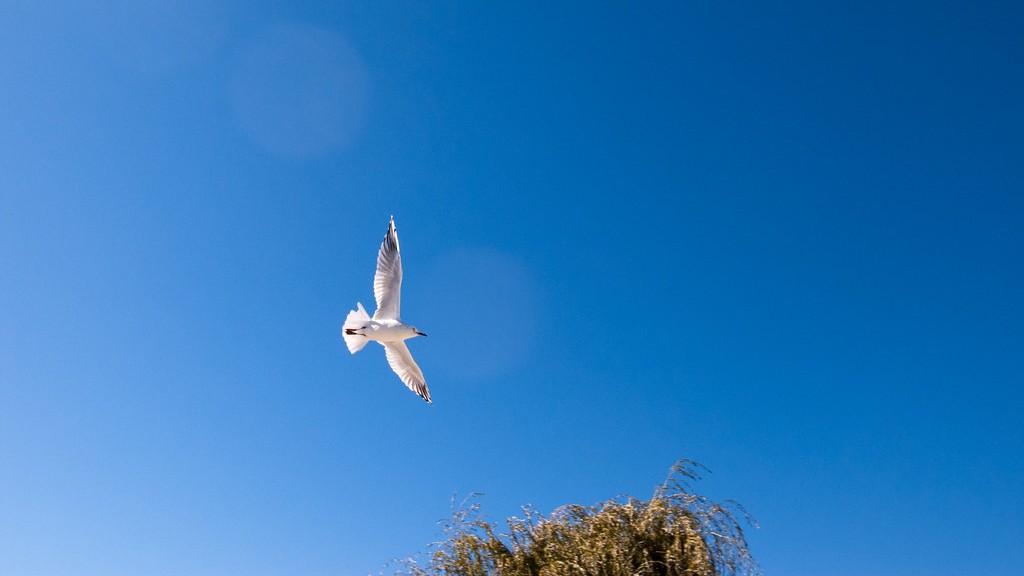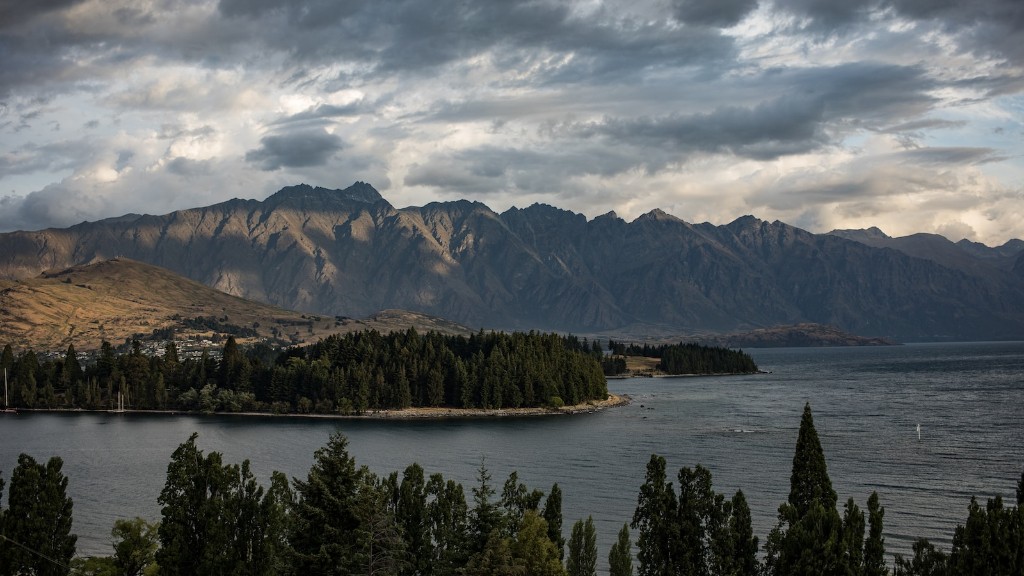How did the New Zealand Mud Snail Get Here
The New Zealand Mud Snail (Potamopyrgus antipodarum) is an invasive species of gastropod native to New Zealand and Australia. This snail could be easily confused with several other snail species from the Potamopyrgus family, however, the New Zealand Mud Snail is noticeably larger and darker in color. It has been found throughout lakes, streams, rivers and estuaries in the Northeastern United States
The New Zealand mud snail was first discovered in New Zealand by scientists studying the waters of Lake Taupo in 1843. It quickly became established in New Zealand’s waters, spreading to Australia and other countries in the region. By 1999, it had spread to the United States.
The New Zealand mud snail is believed to have arrived here through a variety of pathways, including introduction from birds, transported via ship’s ballast water, and hitchhiking on people’s running shoes, fishing gear, and sailing equipment. It cannot survive in cold waters.
Experts have found that the introduction of the New Zealand Mud Snail significantly changes the aquatic ecosystem. They reproduce at a rapid rate and consume diatoms and algae which could negatively affect the food chain. The presence of the New Zealand Mud Snail has been linked to decreased milkweed egg masses, which are essential to Monarch butterfly populations, decreased populations of native species, decreased water transparency, stomach blockages in fish, and disruption of the food web.
The New Zealand Mud Snail has become concentrated in certain areas because of human activities such as the conversion of floodplains to agriculture, increased sedimentation from runoff, and the introduction of nonnative species. Management strategies have included methods such as containment, exclusion, and mitigation. The main strategy has been to actively monitor and remove specimens found in areas of concern.
Since the introduction of the New Zealand Mud Snail, there has been an increasing amount of research in order to understand its impact on freshwater flora and fauna. Scientists are looking into the effects on aquatic insects and fish, and the competition on food sources between the native species of snail and the New Zealand Mud Snail.
Though not all of the effects of the presence of the New Zealand Mud Snail have been studied, it is clear that its arrival has posed a threat to the delicate balance of aquatic life.
How the New Zealand Mud Snail is Affecting Native Species
The presence of the New Zealand Mud Snail affects native species in multiple ways. Native species of gastropods, commonly believed to be competed out from food resources and newly available niches, face reduced populations due to the invasion. Fish that feed on animals near the water surface can also be affected, as the New Zealand Mud Snail’s sturdy shell makes them a difficult meal.
Overall, the spread of the New Zealand Mud Snail can lead to a decrease in the abundance of native biodiversity within a certain ecosystem. Their presence disrupts the food chain by impacting the populations of higher predators and altering the availability of food species. As a result, a decrease in species diversity occurs due to an absence of higher-level predators and an increase in competition for food.
The feeding habits of the New Zealand Mud Snail can also have an impact on native species. The New Zealand Mud Snail is known to consume diatoms and algae which could lead to a decrease in the essential food source of native species of gastropods.
The New Zealand Mud Snail has been linked to a decrease in the abundance of milkweed egg masses. These egg masses are crucial to the survival of Monarch butterfly populations. While it has not been conclusively shown that the presence of the New Zealand Mud Snail causes a decrease in milkweed egg masses, further research is needed to understand the extent of the impact.
As this invasive species continues to spread, its continued presence could lead to further disruption and destruction of the native plant and animal life within affected areas.
The Role of Water Quality in the Spread of the New Zealand Mud Snail
The spread of the New Zealand Mud Snail is influenced by a variety of factors including water quality. The snail prefers higher temperatures and lower levels of dissolved oxygen and is unable to survive in colder waters. Increasing levels of nutrients and silt in lakes, streams, and rivers can create ideal habitats for this invasive species.
The presence of pollutants in aquatic ecosystems can affect the spread of the New Zealand Mud Snail as well. Pollutants, such as phosphates and nitrates can lead to unnaturally high levels of nutrients, creating nutrient-rich areas ideal for the species. Other pollutants such as metals, pesticides, and detergents can be toxic to the New Zealand Mud Snail and limit its survival potential in those areas.
Decreases in water quality can have further impacts on the spread of the New Zealand Mud Snail. Lower water clarity limits the snail’s ability to find food and places to hide. This reduces the population’s survival rate and limits its spread.
By understanding the impacts of water quality on this species, it is possible to find more effective ways to manage the spread of the New Zealand Mud Snail.
Prevention and Control of the New Zealand Mud Snail
Prevention and control strategies have been used to restrict the spread of the New Zealand Mud Snail. Strategies include containment, exclusion, and mitigation. Containment involves the creation of physical barriers, such as dams, to contain the spread of the snail. Exclusion refers to the implementation of control methods, such as inspections and cleaning of boats, fishing gear, and running shoes prior to entering an affected waterbody.
Mitigation strategies have also been used to reduce the spread of the New Zealand Mud Snail. This includes actively monitoring and removing specimens found in areas of concern, proper disposal of bait, and education of water users.
Overall, the presence of the New Zealand Mud Snail has the potential to cause significant changes to the aquatic environment. It is important to be aware of its presence and use effective strategies to contain and limit its spread.
The Role of Human Activities in the Spread of the New Zealand Mud Snail
Human activities, such as the conversion of floodplains to agriculture, are believed to be a major contributor to the spread of the New Zealand Mud Snail. This is due to the altered landscape allowing for increased runoff and sedimentation, which can lead to ideal conditions for the New Zealand Mud Snail.
The introduction of nonnative species to waterbodies is another method of spread. Nonnative species can act as competitors for food and shelter in an environment. This increases the pressure on native species and can result in a decrease in their populations.
The introduction of species via recreational activities, such as fishing and boating, is also believed to be a major cause of spread. Nonnative species can hitchhike on water vessels, fishing gear, and waders. Once introduced they can reproduce quickly and significantly alter the aquatic ecosystem.
Humans have a major role to play in preventing the spread of invasive species. By understanding the impacts of human activities on the spread of the New Zealand Mud Snail, it is possible to implement control and prevention measures that will limit its spread.
Education and Awareness of the New Zealand Mud Snail
Education and awareness are essential in combating the spread of the New Zealand Mud Snail. Educating people on its potential impacts and the need for preventive action is important for the control of this species.
People should be made aware that the transfer of this species can occur via boats, fishing gear, and other recreational activities. People should be taught to inspect and clean their watercraft, fishing gear, and waders prior to entering and after leaving waterbodies. Proper disposal of bait and litter should also be encouraged.
By creating more awareness about the New Zealand Mud Snail, we can work to limit its spread. This will help to keep aquatic ecosystems healthy and ensure the sustainability of native species.





